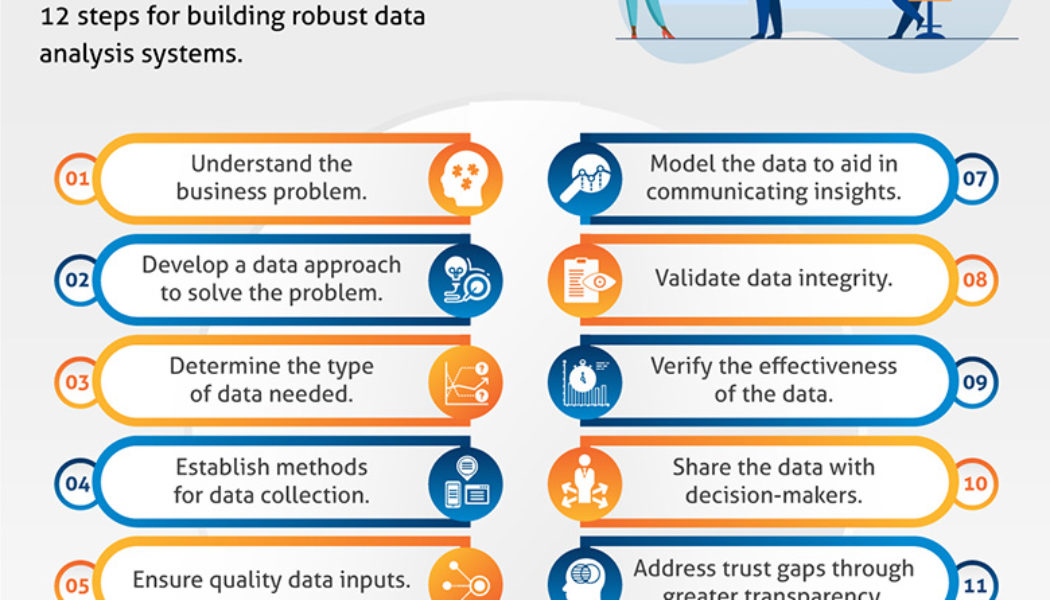In a world with increased competition and ever-evolving customer expectations, companies are using data now more than ever to make more informed business decisions. This approach to using data has been integrated into almost every industry, with financial services being one of the front-runners.
The value of data and analytics lies in its ability to solve real world problems through precise integration of data, statistics, mathematics, and technology. However, to harness the power of data and make informed data-driven decisions, a data culture remains a prerequisite and must exist at the heart of an organisation.
The use of historical data and traditional data points has always formed an integral part of a bank’s decision-making processes. But with the evolution of digital and omni-channel capabilities, the quantity and recency of data has exponentially increased, allowing banks to make real-time decisions based on comprehensive data sets.
The Use of Real-Time Customer Data
As banks are continually trying to solve customer problems and address unique customer needs, using comprehensive real-time customer data provides the bank with the opportunity to recognise customers as individuals and engage in a way that makes them feel unique, appreciated and understood.
This often translates into contextually relevant conversations packaged for the right customer, presented at the right time, through the customer preferred channels and delivered in a personalised manner. This, in turn, enhances the bank’s ability to meet and exceed customer expectations, deliver market leading experiences, and achieve the desired commercial outcomes for shareholders.
To remain relevant, amidst the rapid changes in the financial sector, which are driven by increased customer expectations, digital innovations, and fierce competition, banks need a data and analytical capability which extends beyond business-as-usual.
At the core of banking is the ability to provide personalised financial products and services to customers complemented with personalised experiences. The key to achieving these personalised experiences lies in the ability of the bank to translate complex data meaningfully, decipher key insights from the data, pair it with relevant recommendations and then package this as meaningful conversations.
This ultimately informs the way in which the bank interacts with its customers and the specific recommendations they will make to meet customer needs.
How to Achieve Proper Deployment of Data and Analytics
The deployment of data and analytics to solve both customer and business problems and the transformation of the bank’s decisioning capability, to one that’s anchored on data, can only be achieved with a data culture that is engrained within its organisational structure. There needs to be a top-down approach to creating a data culture.
Firstly, leaders need to embrace and encourage the use of data in decision making processes. Secondly, the managers should comprehend, appreciate, and value the language of data. Lastly, data and analytics teams must be passionate, competent, and creative in producing data outputs to inform decisions.
This ultimately allows the value of data to be recognised and more importantly used as a key input at all levels in the organisation. This data culture further needs to be geared towards attracting, nurturing, and growing, data and analytical skills as a specialist capability within the organisation.
At Standard Bank, we are deeply committed to a data-driven culture and have adopted the process of implementing data informed decisioning throughout all areas of the bank. Our data-centric approach has allowed us to understand our customers better and mature the personalised solutions and experiences we deliver.
This has allowed us to remain relevant in the markets we serve and gain credibility with our customers, even amidst challenging times
The key starting point is an organisation that truly prioritises data-driven decision making, and understands and appreciates the true value of data, as an input into making sound business. It equips every individual within the organisation to use data as an input in solving real-life customer and business problems.
The Power of Data
Combined with the correct technology, data allows for decision making that is based on factual insights as opposed to ones made on instinct or intuition. Furthermore, data-based decisions have a higher outcome predictability and real-time decisioning potential. They also have the intrinsic ability to integrate new or the latest data for a precise change in course or decision – this does not hold true for instinct-based decision-making processes.
With technological and digital expansion, it is crucial for organisations to use the power of data to expand their business capabilities beyond the basics. Creating a data culture, investing in the skills and technology, and creating an atmosphere to nurture and flourish data and analytics will undoubtedly hold the company in good stead and provide a competitive advantage.
The universe of data, the frequency of data and the technologies available to manage data life cycles are growing exponentially. Every single online interaction leaves a digital footprint and provides opportunity to generate deep insights. To really tap into the power of this data, companies must firstly adopt a data driven culture within the organisation. This is a culture with a fundamental shift from an isolated use of data to an integrated use of data as the norm of its operations.
Thereafter, it is necessary to invest in the required technology and skills to setup a data and analytics capability geared for solving real business challenges in live customer environments. Finally, in a rapidly evolving data space where the only constant is change, organisations need to keep abreast with new developments within this field both from a science and technology perspective. If you do this deliberately, correctly, and consistently, the possibilities of data in driving your business forward, are endless.
By Lasath Punyadeera – Head, Personalisation, Standard Bank.
Edited by Luis Monzon
Follow Luis Monzon on Twitter
Follow IT News Africa on Twitter










Tagged: data analytics, Data Driven Culture, Enterprise IT, FEATURES, How to Properly Use Data, IT News, Real Time Data, standard bank, Standard Bank Business, Standard Bank Data, Standard Bank South Africa, tech news, technology news, What is a Data Driven Culture